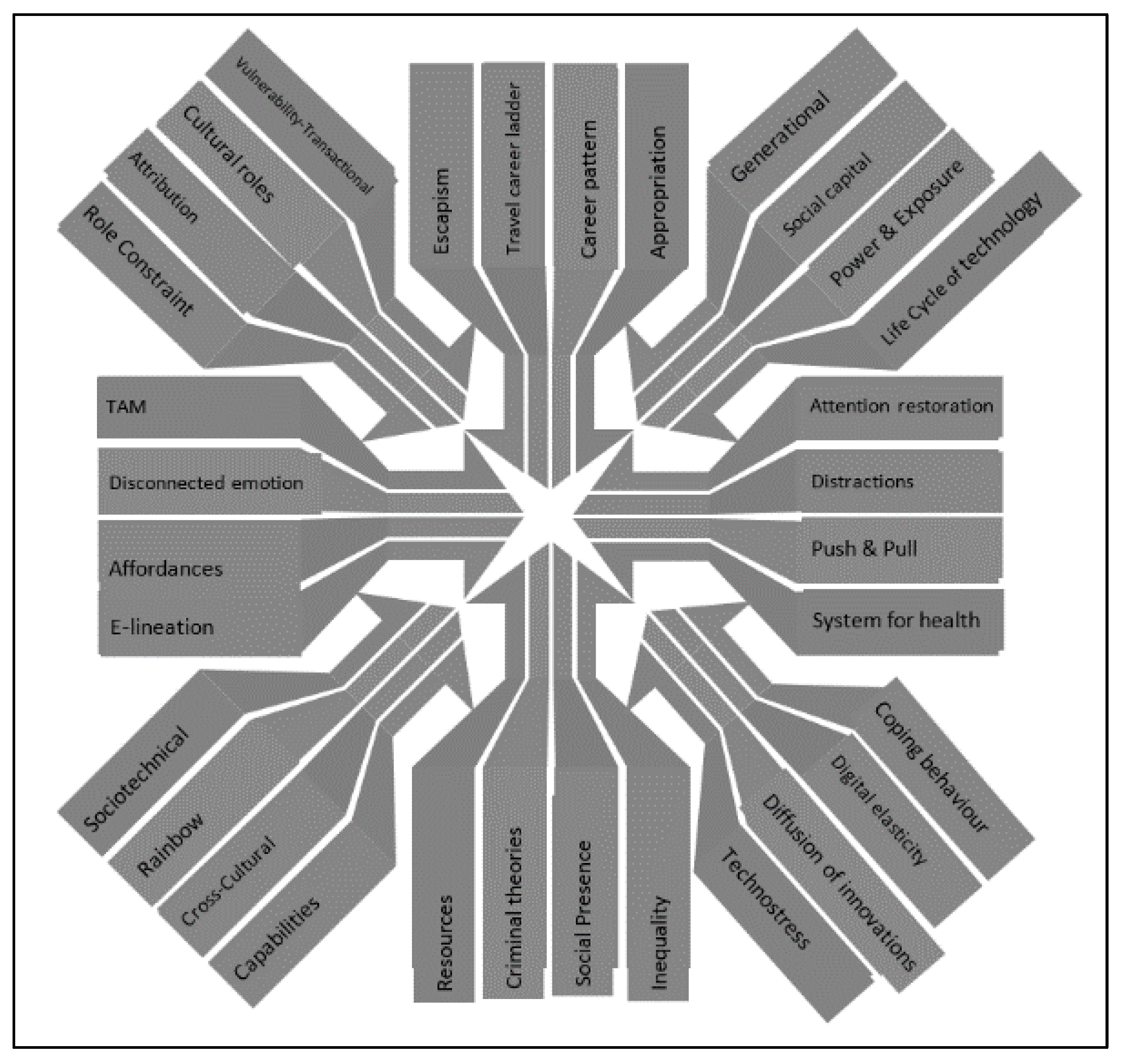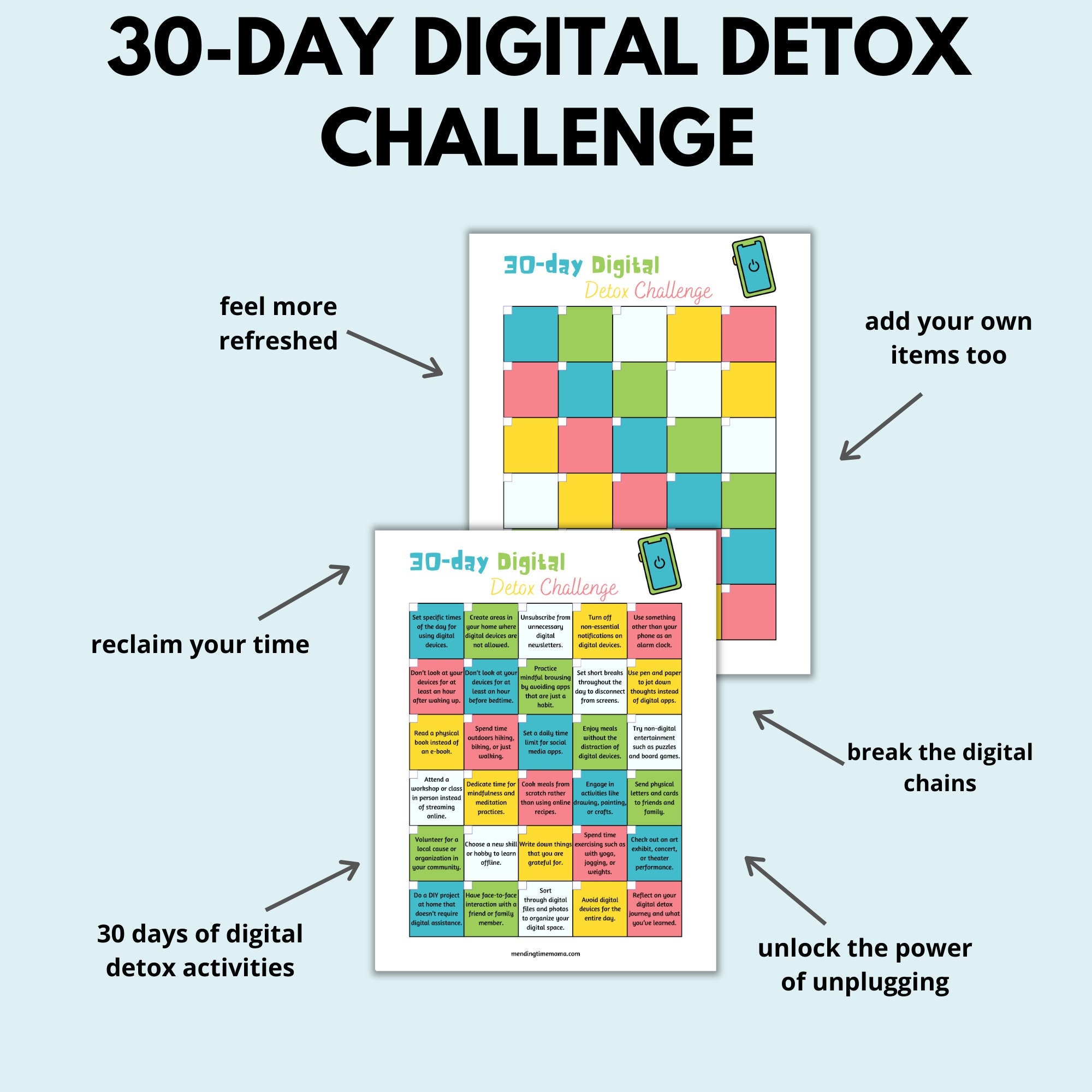A ‘Digital Detox’ Technique to Reduce Stress

A ‘Digital Detox’ Technique to Reduce Stress
In today’s fast-paced digital world, stress and anxiety have become common companions for many of us, particularly those in the 40-55 age group. The constant ping of notifications, the endless stream of social media updates, and the pressure to stay connected can take a significant toll on mental health. One effective strategy to combat this stress is a digital detox, a conscious decision to disconnect from electronic devices and digital distractions for a designated period. This article will explore the benefits of digital detox, provide practical strategies for implementing it, and discuss how it can be tailored to fit the lifestyle of middle-aged individuals in the United States.

Understanding Digital Detox
Digital detox is not about completely abandoning technology but about creating a healthier relationship with it. It involves setting boundaries with digital devices to reduce stress, improve focus, and enhance overall well-being. By taking breaks from screens, individuals can rediscover hobbies, improve sleep quality, and foster deeper connections with family and friends .2 .3.

Benefits of Digital Detox
-
Reduced Stress and Anxiety: Constant digital engagement can lead to information overload and comparison anxiety, increasing stress levels. A digital detox allows the mind to unwind and rejuvenate .4 .5.
-
Improved Focus and Productivity: Digital distractions can fragment attention, making it difficult to concentrate. By disconnecting from screens, individuals can focus more effectively and complete tasks efficiently .2 .11.
-
Enhanced Presence and Connection: Being fully present in the moment allows for more meaningful social interactions and deeper connections with others .2 .3.
-
Better Sleep Quality: The blue light from screens can disrupt sleep patterns. Unplugging before bedtime helps improve sleep quality .2 .4.
-
Rekindled Passions and Hobbies: A digital detox provides an opportunity to rediscover old hobbies or explore new ones, enriching personal life .2 .3.

Practical Strategies for a Digital Detox

1. Set Clear Boundaries
-
Duration and Scope: Decide how long you want your digital detox to last and what devices or platforms you will avoid.
-
Communication: Inform friends, family, and colleagues about your plans to manage expectations .2 .7.

2. Plan Alternative Activities
-
Outdoor Activities: Engage in walks, hikes, or gardening to connect with nature.
-
Mindfulness Practices: Try meditation, yoga, or deep breathing exercises to enhance mindfulness .4 .8.
-
Creative Pursuits: Revisit hobbies like painting, reading, or playing a musical instrument .4.

3. Create Tech-Free Zones
-
Bedroom Rule: Keep screens out of the bedroom to improve sleep quality.
-
Mealtime Rule: No screens at the dinner table to focus on conversations .4.

4. Practice Mindfulness
-
Notice Cravings: Be aware of impulses to check your phone and redirect your attention to the present moment.
-
Mindfulness Exercises: Regular mindfulness practices can help maintain focus and reduce stress .2 .11.

5. Reflect and Reassess
-
Post-Detox Reflection: Evaluate your experience, noting what worked well and what changes you’d like to make moving forward .2.
Tailoring Digital Detox to Your Lifestyle
-
Start Small: Begin with short breaks from technology, gradually increasing the duration as you become more comfortable with unplugging .7.
-
Schedule Tech-Free Time: Incorporate daily or weekly tech-free periods into your routine, such as a digital Sabbath .4 .8.
-
Use Technology to Your Advantage: Utilize apps or tools that help track and limit screen time, or enable features like grayscale mode to reduce mindless scrolling .4 .8.
-
Engage in Cold Therapy: Cold showers or baths can enhance the benefits of a digital detox by reducing stress and improving mental clarity .








